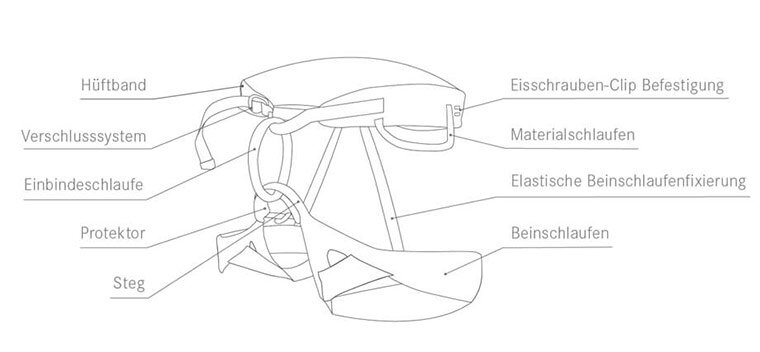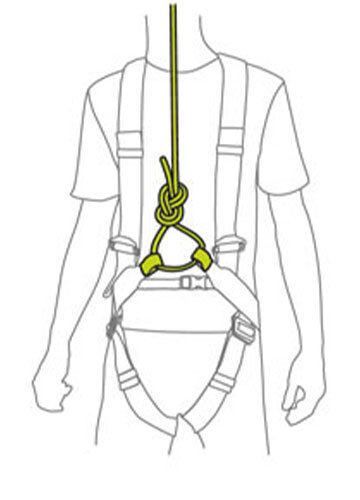The harness is the central piece of equipment for recreational climbing. Whether on the rock or in the hall, only with the right climbing harness and integrated into a climbing rope, one can venture into the air with a clear conscience. The market today offers a variety of innovative climbing harnesses.
SIT HARNESS
You'll find sit harnesses worn for practically every type of climbing – they are the real all-rounders. Whether for sport climbing, ice climbing, multi-pitch routes, mountaineering, ski-mountaineering or via ferratas. Sit harnesses allow good freedom of movement and a high degree of safety without weighing much. In addition, sit harnesses have plenty of room for adjustment and up to eight gear loops for all your equipment. Sit harnesses allow you to sit comfortably in them when hanging. They also spread the load to the upper thighs in the event of a fall.




